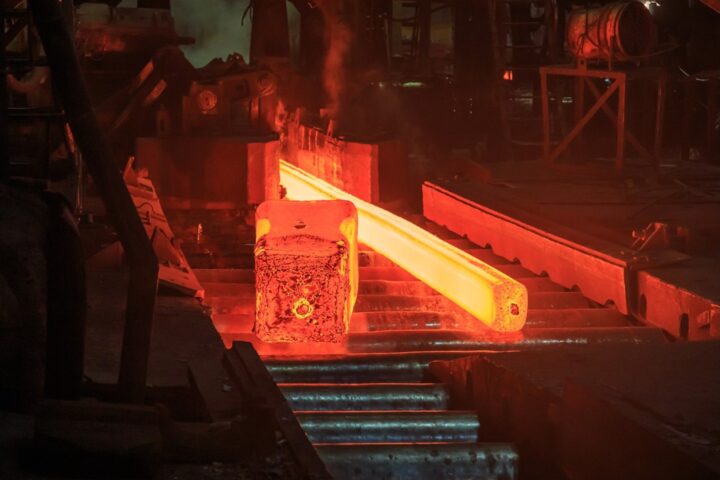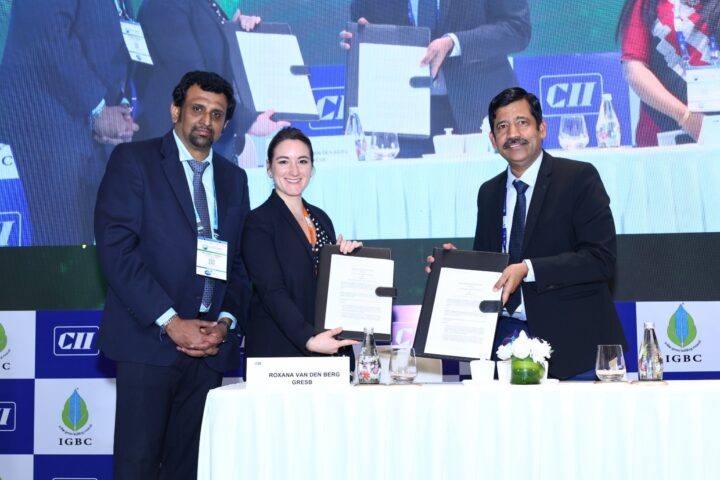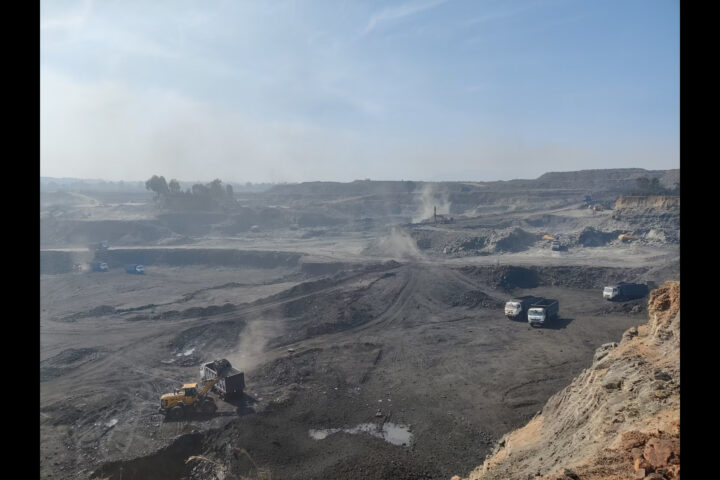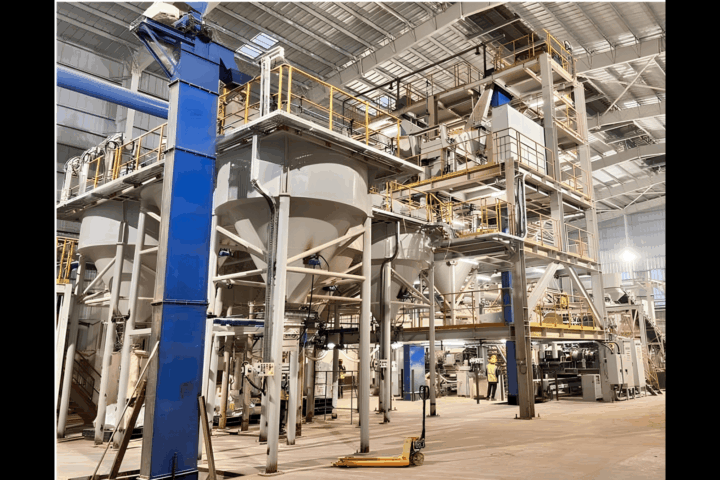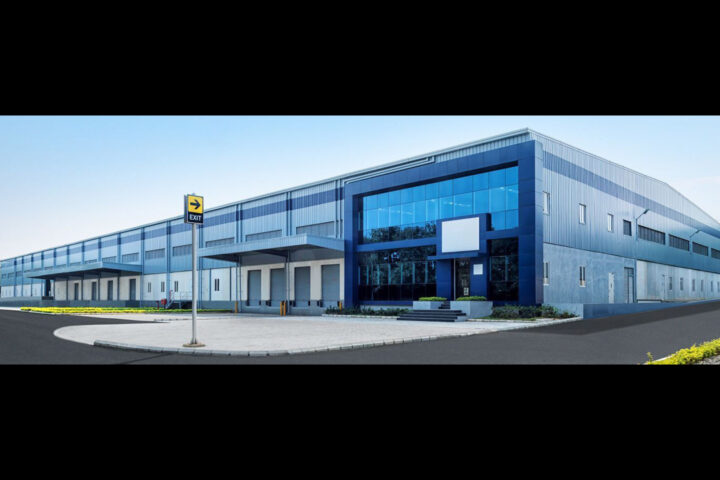How has the cement sector performed in Q1FY2021-22? Is there an increase in production and consumption?
The outbreak of Covid-19 pandemic and the subsequent imposition of the nationwide lockdown has adversely impacted the cement industry in FY21. As restrictions eased, the demand started improving in H2 of FY21 driven by pick-up in infrastructure activities particularly in the residential real estate segment, including affordable housing. The commodity also recorded strong demand from rural markets. However, despite this traction in demand in H2 of FY21, on a full year basis, the industry saw a fall in production in FY21 by 11.4% to 296 MT as compared to FY20. Moreover, the second wave of Covid-19 pandemic that led to imposition of localised restrictions within the country from April 2021 onwards again affected the industry dynamics at the start of FY22. While restrictions were gradually lifted from June 2021 onwards, the demand for the Q1 of FY22 was muted. From Q2-FY22 onwards, the demand has witnessed traction as restrictions were lifted in a phased manner across states leading to a gradual pick-up in demand from construction and infrastructure.
On a year-on-year basis, the cement production almost doubled in the first two months of FY22 (April and May 2021) compared to a around 50% decline for the same period in FY21. The doubling in FY22 was on account of the statistical low base effect as the country was under a nationwide lockdown during April and May 2020. Further for the first five months of FY 22 (April to August 2021), the overall production is estimated to have reached the pre-pandemic levels, growing 44% year on year after a 29% decline in the corresponding period last year. This growth is attributable to significantly elevated levels of government spending towards affordable housing and public infrastructure and pick-up in demand from rural and urban markets with resumption of economic activities through-out the country.
Which sector has contributed the maximum in Q1FY2021-22?
While Q1-FY22 is estimated to have recorded subdued demand on account of second wave of Covid-19, going forward the demand for cement is expected to be driven primarily by the thrust provided by government towards spending on infrastructure creation such as construction of roads, highways as well as other infrastructure investments including real estate as well as other on-hold or stuck projects. Revival in demand from both rural and urban markets are also expected to bode well for the demand for cement over the medium term.
We are seeing a gradual shift by cement manufacturers to alternate energy, waste heat recovery system, adoption of technology and digitalisation. How is this benefiting the cement manufacturers?
In an evolving business environment where the focus has started shifting towards environmental and social implications of the way companies operate, the domestic cement industry players are keeping pace with the changing operating landscape. For instance, cement companies utilise waste generated by other industries while also investing in new technologies that will potentially lead to sustainable manufacturing processes. The cement industry contributes to the circular economy where in companies consume wastes like fly ash from thermal power plants and granulated slag produced by units manufacturing steel as their raw materials, while using alternative and renewable energy sources in the manufacturing process to sustainably produce the commodity.
Many industry players have also installed Waste Heat Recoveryunits which converts the waste heat generated during the production of cement into electricity which in turn makes the cement company more power efficient as it is comparatively a cheaper source of power generation. Moreover, cement manufacturers are also moving towards production of blended varieties of cement that consume less power per tonne. Investments made by cement manufacturers to adopt the above sustainable measures are expected to benefit over the long term. Further, adoption of digital technologies and digitisation, intelligent use of data is necessary for growth. The global outbreak of the Covid-19 pandemic has accentuated the need to innovate and swiftly adopt technologies in order to remain relevant with the times. The role of technology cannot be undermined in the progression of companies in the future. In addition, adoption of technologies will also support sustainable value propositions in cement industry. Investing in latest technologies and being future ready is likely to generate returns for the industry over the long term.
Your take on cartelization and increasing raise in cement prices
The industry is an oligopolistic market and the top 10 companies are estimated to account for a market share of around 50% as of FY20. Further, the prices vary across regions within the country depending on demand-supply forces at play in the specific geography. The all India average wholesale and retail prices stood at Rs 368 & Rs 378 per 50 kg bag respectively during April-August 2021 and this is around 5% growth compared to the corresponding period last year. This growth in prices is largely attributable to the increase in the cost of input prices like power, fuel and freight expenses which together account for around 50% to 55% of the total expenditure incurred by the cement players. The rise in prices of coal and pet coke led to an increase in the price increased the cost of power and electricity. Similarly, the rise in freight cost on account of increase in diesel prices have also increased the total input cost for the cement manufacturers. Specifically, for the month of August 2021, the all India average wholesale and retail prices seem to have moderated on a monthly basis which could be attributed to the seasonally weak quarter on account of monsoons. The cement players are likely to undertake price hikes in the near to medium term depending on continued input cost inflation experienced by the players.
What is your assessment for the remaining three quarters? Where will the maximum demand for the sector come from?
The government schemes aimed at affordable housing is one of the key drivers that is expected to drive demand for low cost housing. For instance, PMAY was launched under the ‘Housing for All’ initiative to provide low cost affordable housing by March 31, 2022. Under PMAY-Urban scheme, as on September 28, 2021, around 51 lakh houses were completed, around 88 lakh grounded, and around 114 lakh houses sanctioned as against the demand for around 112 lakh houses. Under PMAY – Gramin scheme, as per latest available information on the PMAY-Gramin’s progress cumulatively in phase 1 and 2 of the scheme, 155 lakh houses were completed as against the target of the Ministry of Rural Development (MoRD) of 266 lakh houses, a completion rate of 58%. Further, completions of several real estate projects that were postponed in FY21 due to the outbreak of the Covid-19 pandemic are expected to be completed in FY22 which augurs well for the cement industry.
In addition, several government schemes are aimed at development and improvement of public infrastructure, like roads, highways, metros and railways, airports and ports and have been covered in the National Infrastructure Pipeline (NIP), SMART cities mission, AMRUT and other schemes are also expected to be a key driver of demand for the cement industry. For instance, the Ministry of Road Transport & Highways (MoRTH) constructed around 37 kms of National Highways per day in FY21, a record that was never achieved before. In the first five months of FY22 (April 2021 to August 2021), MoRTH constructed around 22 kms of National Highways per day and this pace of construction is expected to increase in H2FY22. Lastly, pick-up in demand from both rural and urban markets will aid the improvement in demand for the cement industry but the overall industry dynamics are dependent on the progress of the vaccination of the country’s population while being sensitive to the extent of damage that a possible third wave of Covid-19 pandemic can do to the economy in the remaining part of FY22.









